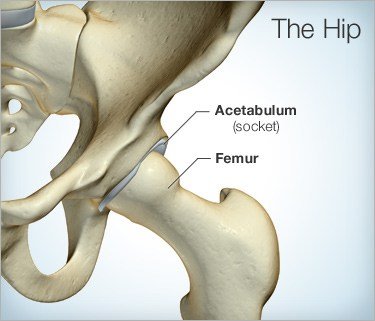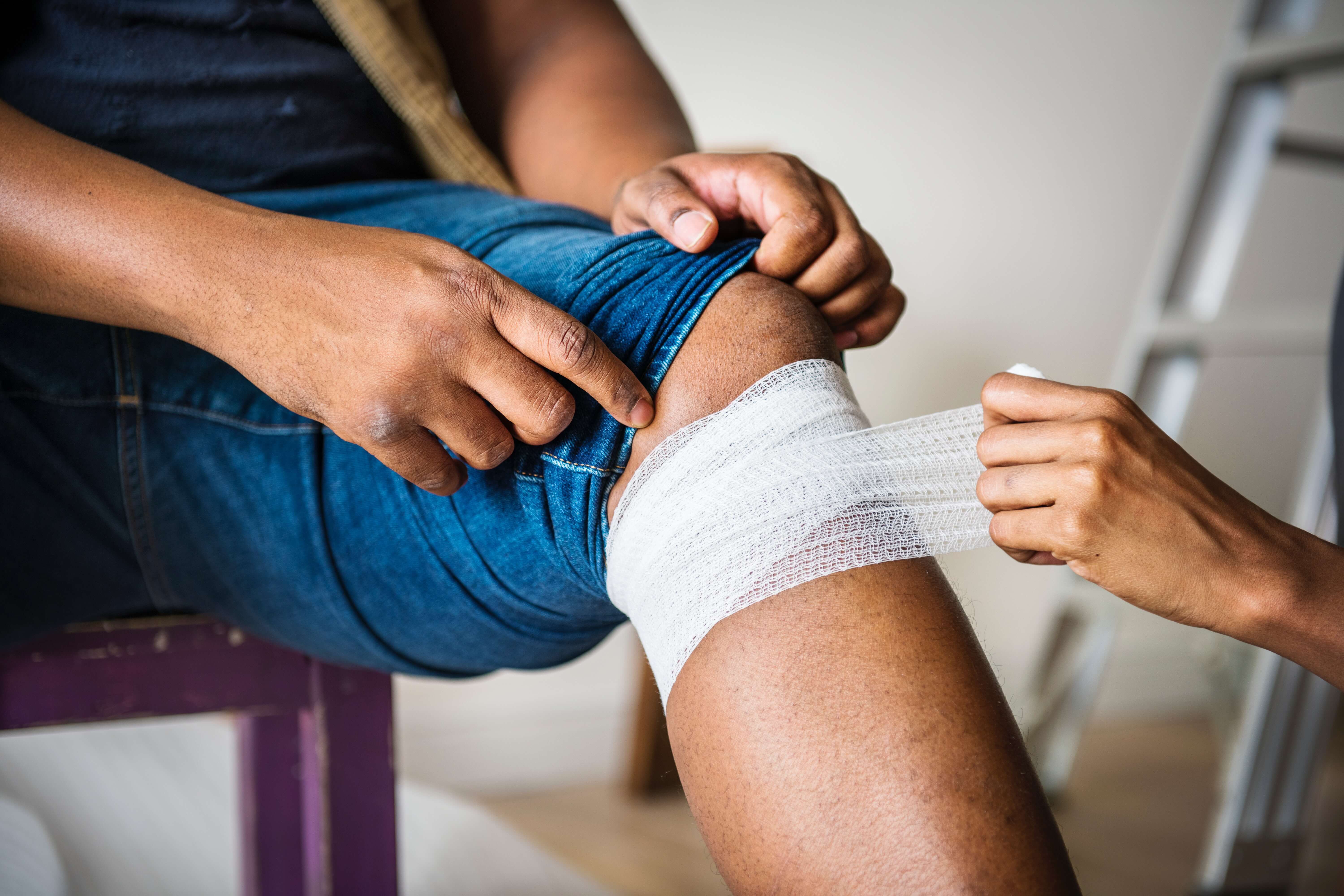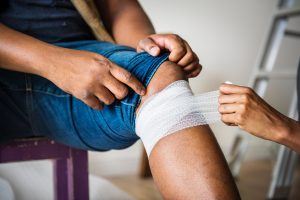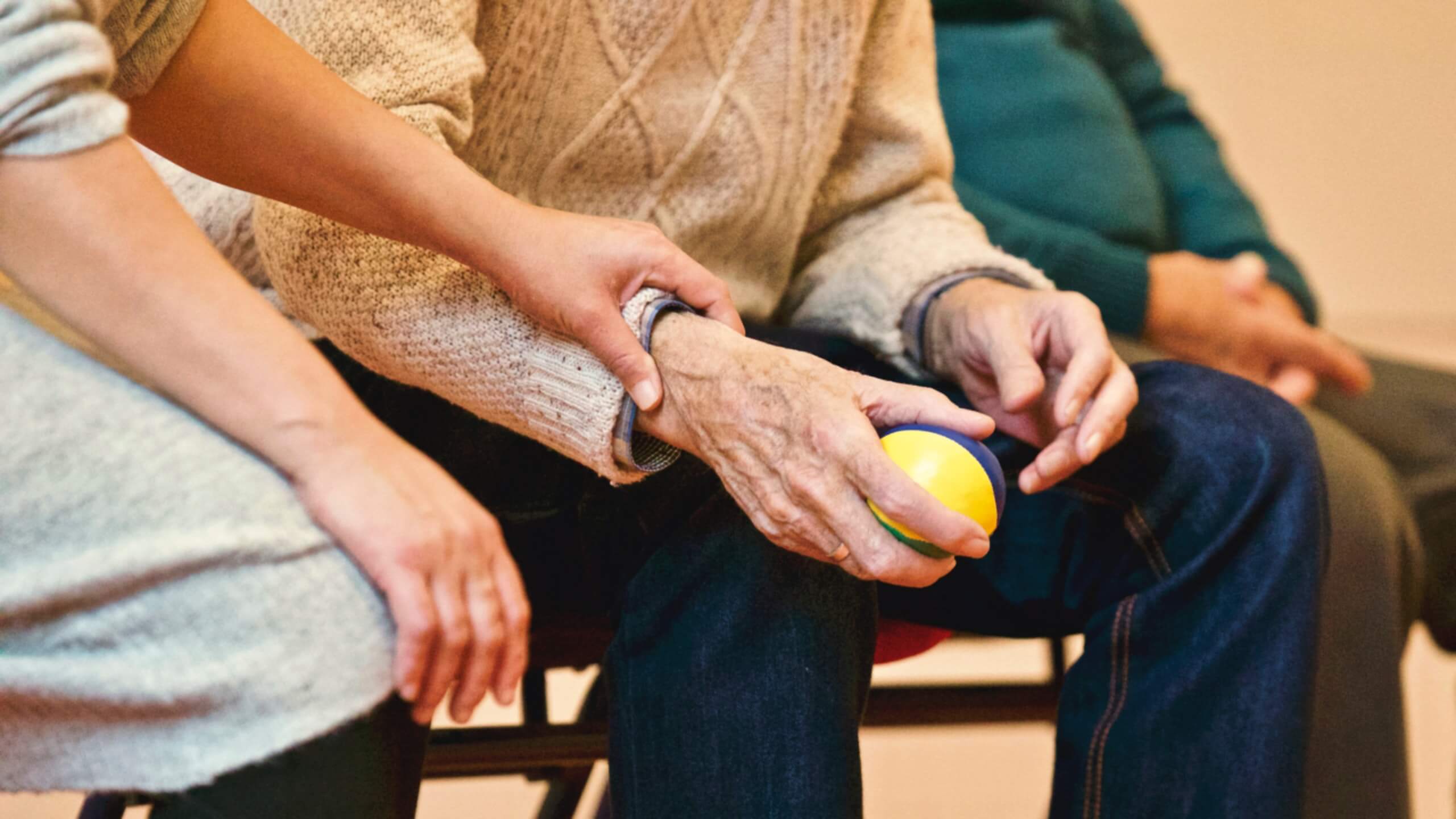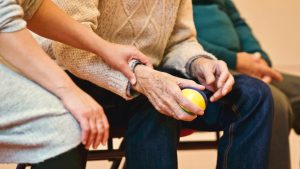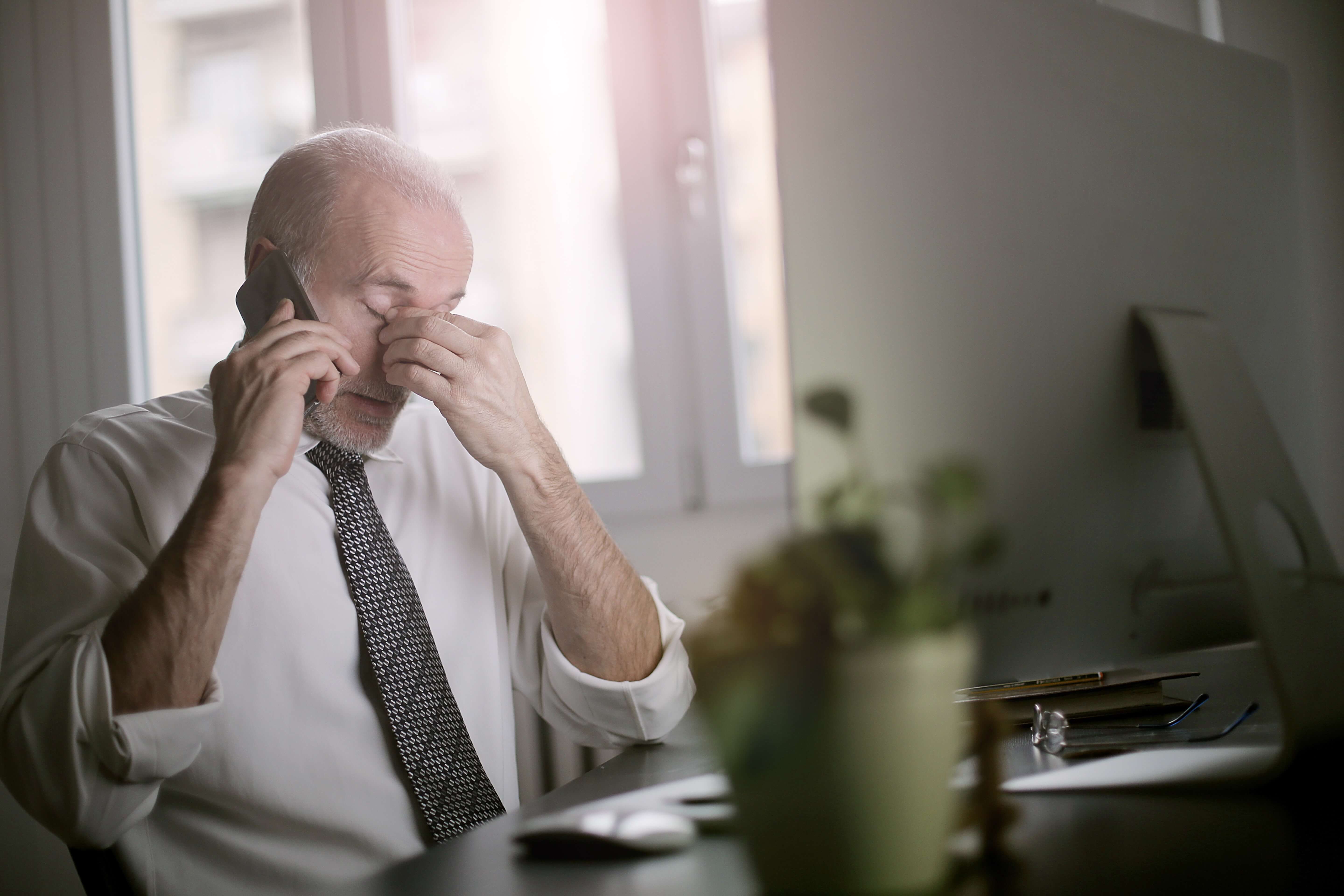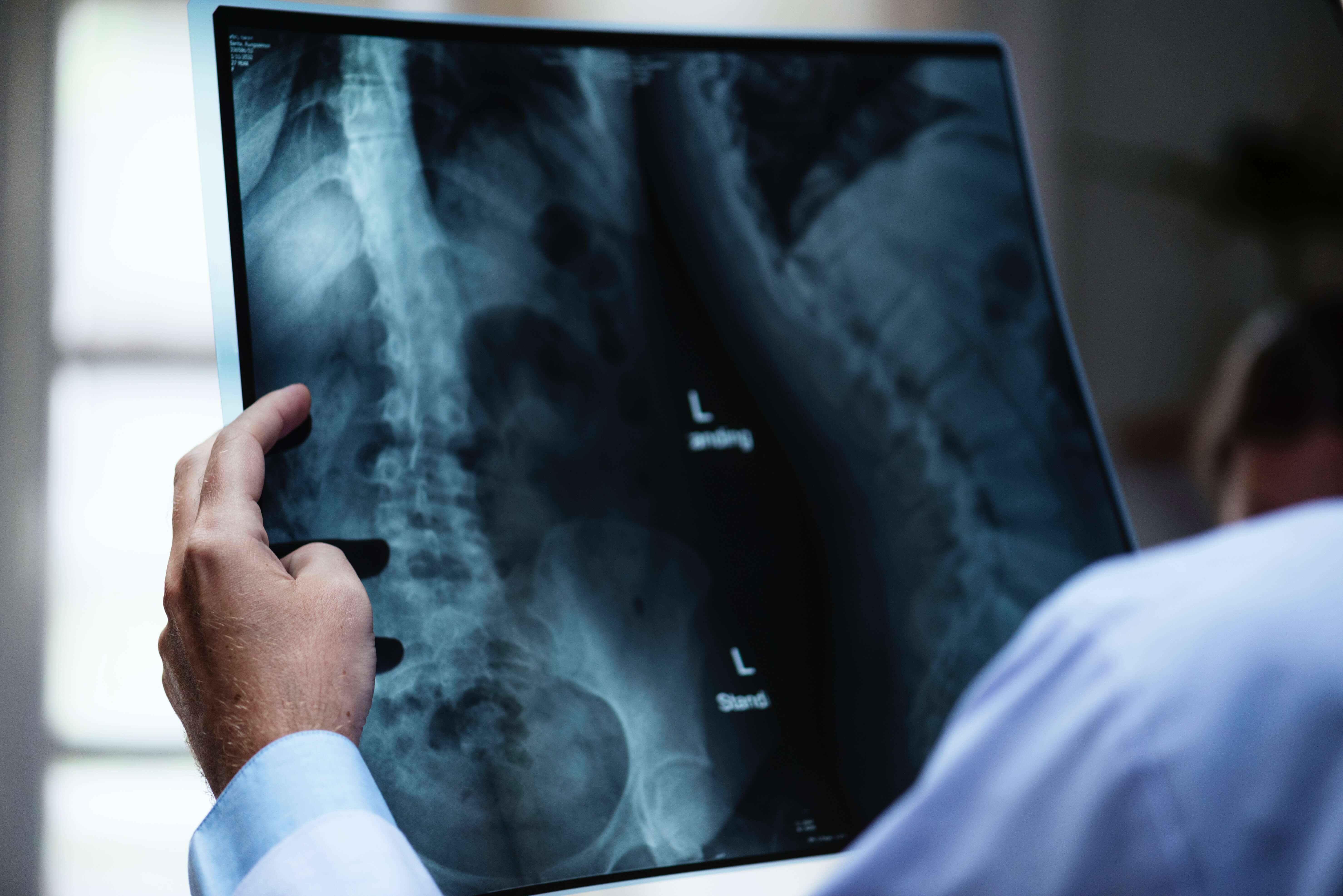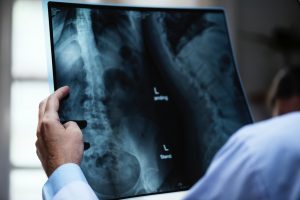Elbow Pain Treatment
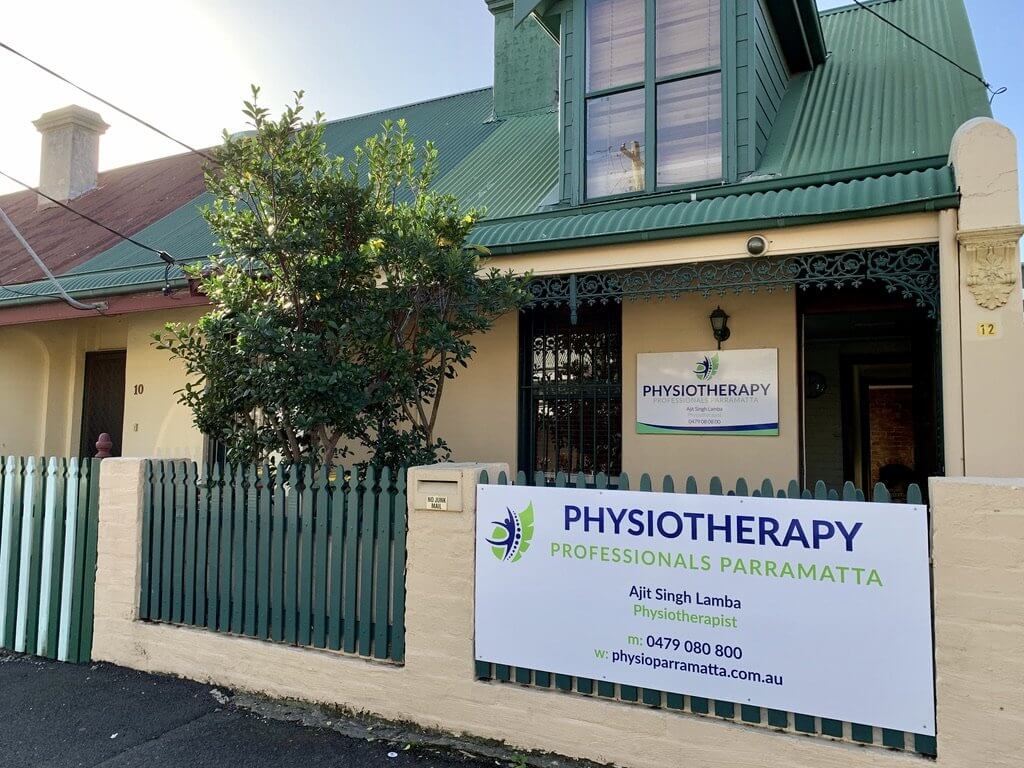
Why does my Elbow hurt?
Overuse or repeated pressure on the tendons near the elbow joint can overload these tissues, particularly where the tendon anchors to the bone. If overload occurs, it can cause pain around the elbow, particularly when using the wrist and hand.
The elbow joint consist out of 3 bones: The distal end of the humerus in the upper arm and both proximal ends of the ulna and the radius in the forearm. Different muscles and ligaments are attached to these bones and these are creating the movement in your elbow.
Elbow pain symptoms.
Some of the symptoms of elbow pain include:
- dull ache when at rest.
- pain when making a fist (golfer’s elbow).
- pain when opening the fingers (tennis elbow).
- soreness around the affected elbow bump.
- weak grip.
- difficulties and pain when trying to grasp objects, especially with the arm stretched out.
Elbow pain major causes.
While overuse injuries such as tennis and golfer’s elbow are common causes of elbow pain, other conditions can include:
- Radio humeral bursitis: The bursae are small sacs filled with fluid that lubricate the bones of the joint to move smoothly. Bursitis is an inflammation of the bursae. Repetitive use, frequent pressure or an injury could cause this.
- Osteoarthritis: a split or break of the cartilages can cause inflammation and pain.
- Referred pain: If there is an injury close to the spine that irritated the nerves servicing the arm, these can cause referred pain in the elbow.
- Impingement: The main nerve in the arm is the radial nerve. This nerve can be pinched by vertebrae or the elbow joint and that can cause pain.
- Fracture: An injury like falling can cause a break in one of the elbow bones. But even a muscle can cause a break in the bones. In an avulsion fracture, a powerful muscle contraction can wrench the tendon free that’s attached to the bone and pull a piece off.
Elbow pain treatment:
If you are suffer from elbow pain, you can visit a Physiotherapist so he can assess what your problem is and set up a treatment. The treatment may include:
- Exercises prescribed by your physiotherapist to gradually strengthen the tendons.
- Soft tissue massage.
- Ice massage.
- Acupuncture
- Taping or bracing your elbow.
- Anti-inflammatory and pain-relieving medication can help you cope with the pain, but do not improve long-term outcomes.
- Surgery – in severe cases, and if pain has not resolved within 12 months.
Contact Us:
Do you need assistance with your Physiotherapy treatment? Experienced team of Physiotherapists with essential knowledge. You can call us anytime to have a confidential discussion with our expert Physiotherapists. For more information on how we can further assist you, please call our clinic number on 0479 080 800 or send us an email on [email protected] for further details. Our Physiotherapists are Medicare, NDIS, and Work Cover approved, specialising in injury management and rehabilitation to get you back on track.
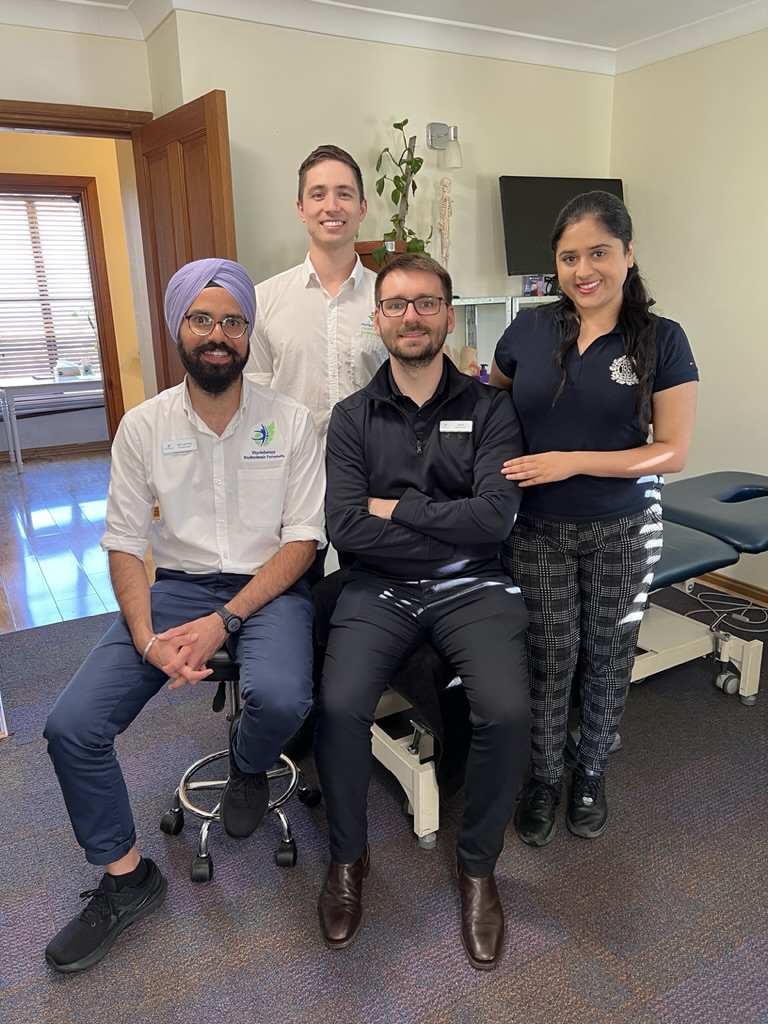
Physiotherapy After A Car Accident








